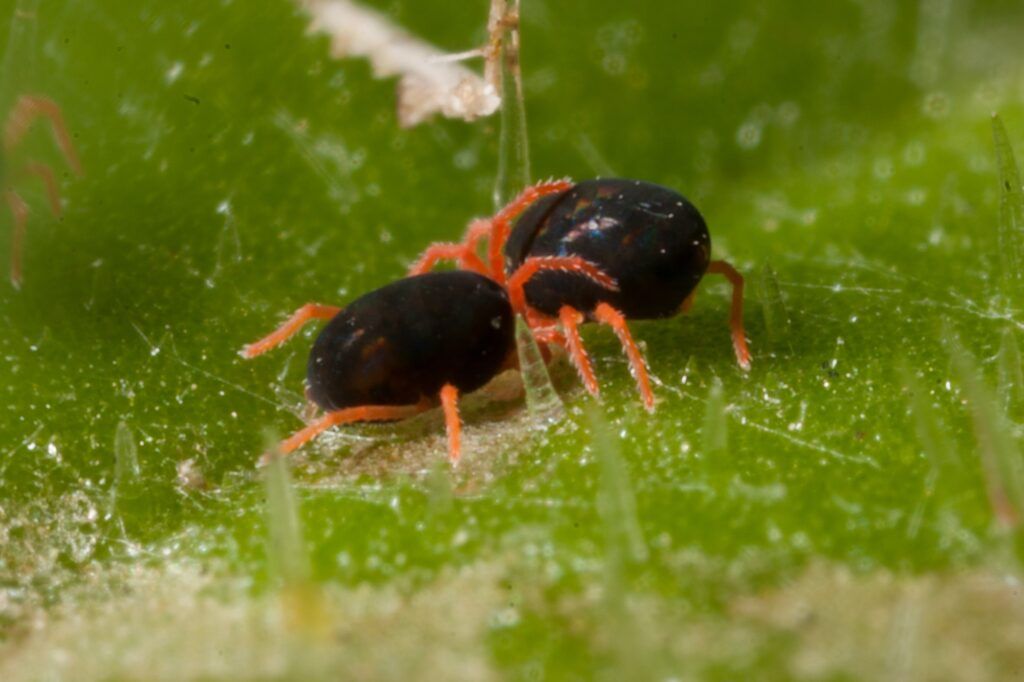Understanding the impact of insecticide reliance on RLEM populations
The RLEM poses a significant threat to establishing crops and pastures across the southern growing regions of Australia. They are a major pest affecting the pasture seeds industry. Currently, three main chemicals – synthetic pyrethroids (SPs), organophosphates (OPs), and neonicotinoids are heavily relied upon for control. Diafenthiuron and fiproles are two other chemical groups registered for the control of RLEM.
However, extensive use of these chemicals has created significant selection pressures on RLEM populations to develop resistance to two of the commonly used chemical groups, SPs and OPs. There has been no neonicotinoid resistance detected in RLEM populations so far, but it could evolve in the future, leaving us with very few defences against this pest.
Controlling the spread of insecticide resistance involves recognising the risk associated with the repeated use of the same chemical group within a season or between seasons. This is especially important because these chemicals are also used for controlling other pests like blue oat mites or lucerne fleas, inadvertently exposing RLEM to the chemicals and increasing resistance risk.
The expanding geographical footprint of insecticide resistance
Resistance can arise through both independent evolutionary events and the introduction of resistant mites, which most often occurs at a local scale. Factors like wind and farm machinery contribute to the spread of mites and mite eggs. However, the geographically distinct locations of existing resistance imply isolated development of resistance in individual RLEM populations within properties. Thus, the actions of individual growers are crucial in preventing the spread of insecticide resistance.
Ongoing surveillance has revealed a widespread emergence of resistance across the southern grain and pasture growing regions of Australia. Figures 1 and 2 respectively show the current distribution of SP and OP resistance in the RLEM across Australia.
SA
In SA, resistance to SPs and OPs is present in several areas including Kangaroo Island, the Fleurieu Peninsula, the mid-north region, and the south-east region. Over the last few years, the southeast region has experienced a significant increase in resistance, with a large proportion of resistant populations coming from pasture seed paddocks – particularly lucerne.
VIC
In VIC, resistance to OPs was first identified in the north-central area in 2018, and subsequent populations with OP resistance were found near Minimay in the Wimmera region. No resistance to SPs has been discovered in Victoria to date.
WA
Both SPs and OP resistance are now prevalent in WA, covering various regions such as the southwest, great southern, south coastal, and wheatbelt regions. Notably, resistance in RLEM appears to be increasing in WA with new resistant populations being detected annually. For example, resistance to OPs was detected for the first time in the south coastal regions of WA in 2022.

Figure 1. Current resistance of RLEM to SPs as of 2023












